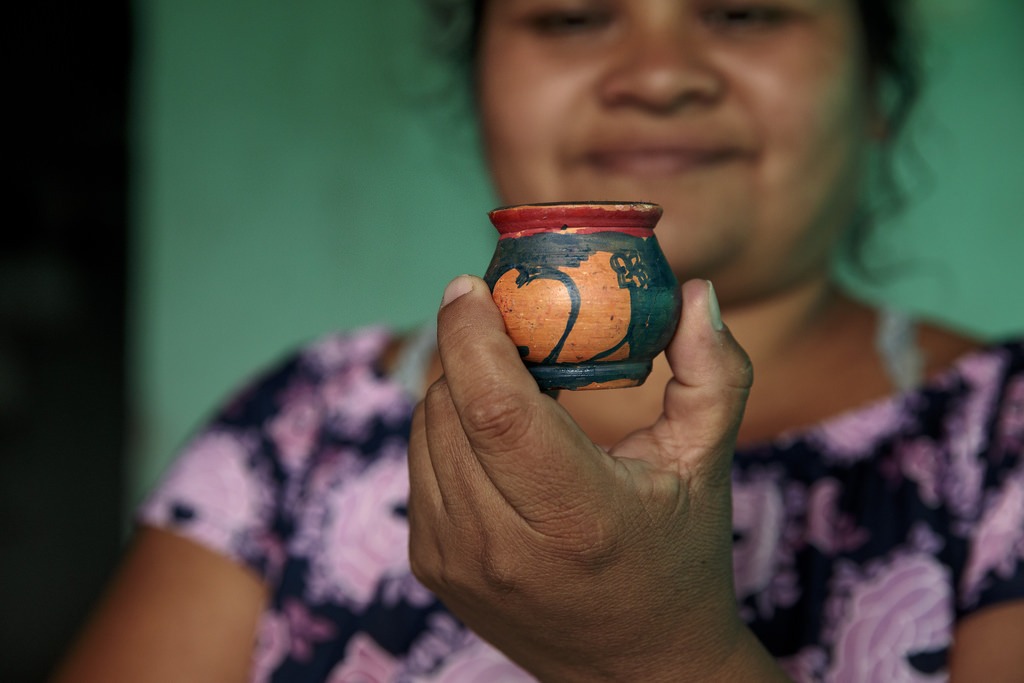By Joseph Rojas, Jr.
This article was originally published here on The Atlantic Council’s blog, the New Atlanticist, on March 23, 2021.
The 110th International Women’s Day, celebrated this year, hailed the achievements of women. It encouraged people to raise awareness about gender-based issues and call for further action toward gender parity in a post-COVID-19 world. There is one group of women, however, that has been left behind in these conversations: trans women.
Gender and sexual minorities remain among the most vulnerable groups worldwide, and this is particularly true for trans women. Three hundred and fifty trans and gender-diverse people were murdered globally in 2020, a 6 percent increase from 2019, according to data gathered by Transrespect Versus Transphobia Worldwide (TvT)’s Trans Murder Monitoring project. That continues the trend of year-over-year increases in murders since 2008. Nearly all, or 98 percent, of those murdered were trans women or trans feminine people. Eighty-two percent of all those murders happened in Central and South America. Forty-three percent happened in Brazil alone.
But anti-trans violence is not contained to any single region and often coincides with belonging to another marginalized group. In 2020, 79 percent of the 28 trans people murdered in the United States were people of color, and 50 percent of the 11 trans people murdered in Europe were migrants. As TvT has explained, it is impossible to estimate the number of unreported cases because most countries fail to collect systematic data and authorities, families, and the media often misgender victims. To begin to address the gamut of challenges and threats trans and gender non-conforming people face, countries will have to promote and protect trans rights globally as well as advocate for and support increased trans political representation.



